by Roberto Alaban Jr. (Batch ’79)
Science has pretty much learned about what makes the human heart sing. And, like most of us know, wealth, youth, a good education, and watching TV do not always pave the road to happiness.
Among the many things that ring our inner chimes such as religious faith, family and friends, liking the life you have, learning to forgive — to name a few examples, I can vouch for the effectiveness of savoring small pleasures and wonders. In my case, I get a big lift, regular doses of it, from the simple endeavor of haiku appreciation.
Haiku is a Japanese poetry form, its most popular short form in fact, with three lines, the first and third lines with five syllables, the second with seven. As written in Nihongo, this is its 17-syllable rhythm (but no rhyme). Haikus are set in nature, characterized by simplicity of language, directness of communication, the absence of the narrator; include a “season-word” or kigo which indicates in which season the haiku is set, and untitled. Simile, alliteration, metaphor, personification, intellectualization, and other such devices often used in other poetry forms are absent. An example:
|
(Lotus pond) (A thousand stems) (Pierce the mist) |
There is no mention of flowers or lily pads, just “kuki” (stems). The thousand kuki reaching up into the mist rather than sunlight seem to paint a rather forlorn picture. On reading it one may feel desperation, yet another may feel loneliness. The beauty of haiku is that everyone feels something different.
The difficulty in writing haiku in English, or any other non-Japanese language, lies in whether or not to adhere to the original Japanese “rules.” This English-written “haiku” appears to have the characteristics described earlier:
A bitter morming:
Sparrows sitting together
Without any necks
Yet in Nihongo context it actually has more than 17 syllables (for example “bitter” has bi–te-ru or three syllables and not two). This also explains why the Nihongo haiku above has 17 syllables counted instead of fourteen like we think (Senbon has four syllables: se-no-bo-no).
Today, the original Japanese rule on the number of syllables has been relaxed, but not the other prescriptions, especially this: a haiku is essentially a distillation of a moment, and should evoke the essentials of a keenly observed moment within nature. This led not only to a flourishing of English-written haikus, like
Another morning. —
The corn has changed its colour
just a little more
by the German haiku poet Horst Ludwig, or this, by Filipina poet Belle Nabor:
hide and seek
a freckle
and her unbuttoned shirt
but also enabled the translation of works by the Japanese masters like Basho, Buson, and Shiki, respectively, while capturing the essence of the originals:
If you look well
a shepherds purse flowers
under the fence.What was it that fell
in the water, deep in the summerwood,
— a flower, a berry?Look, a sparrow hopped
all along the porch
with wet feet
A variant of haiku is the form often called “senryu.” The senryu is similar in form to the haiku but concerns itself with the human condition rather than nature. Hence, a senryu does not contain a “season-word” and is often either humorous or erotic, for example in the stolen moments evoked here:
Undressing for love
The click of our spectacles
folded together
or the situation I love to end up in each morning . . .
dawn
her breath
on my shoulder
Such is the simple life I lead, the shallow measure of happiness I can fathom. But what the haik, it keeps me happy. So now I have to go . . . ooopppsss, what the . . .
Right at my feet
And when did you get here,
Snail?
Last Updated on October 12, 2016 by Tudla_Admin






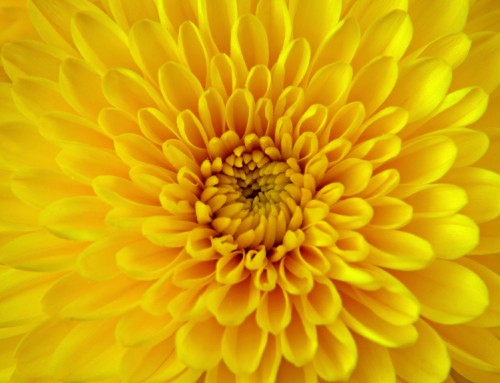

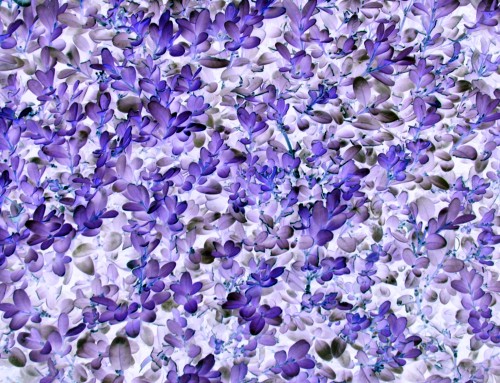


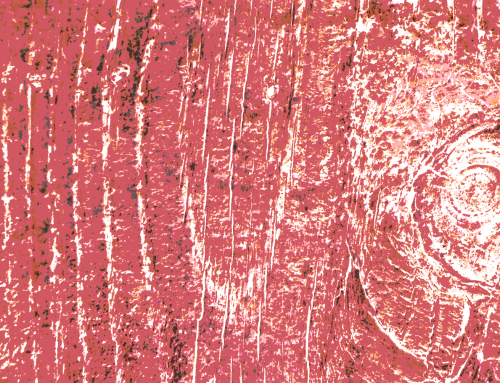
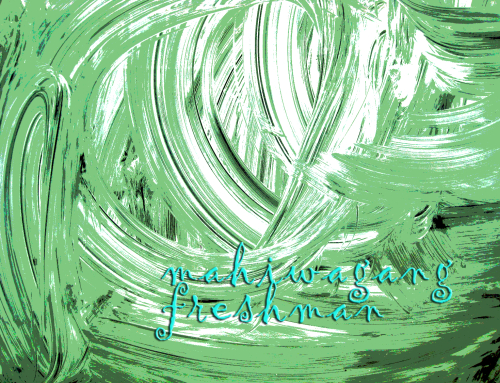
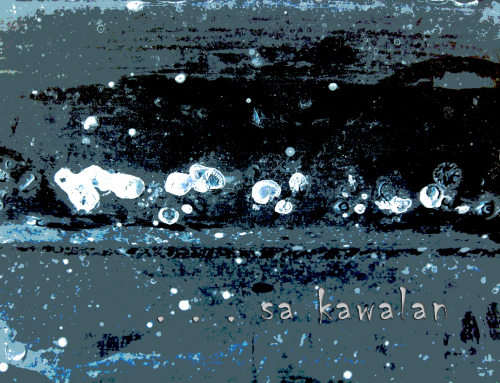






Leave A Comment